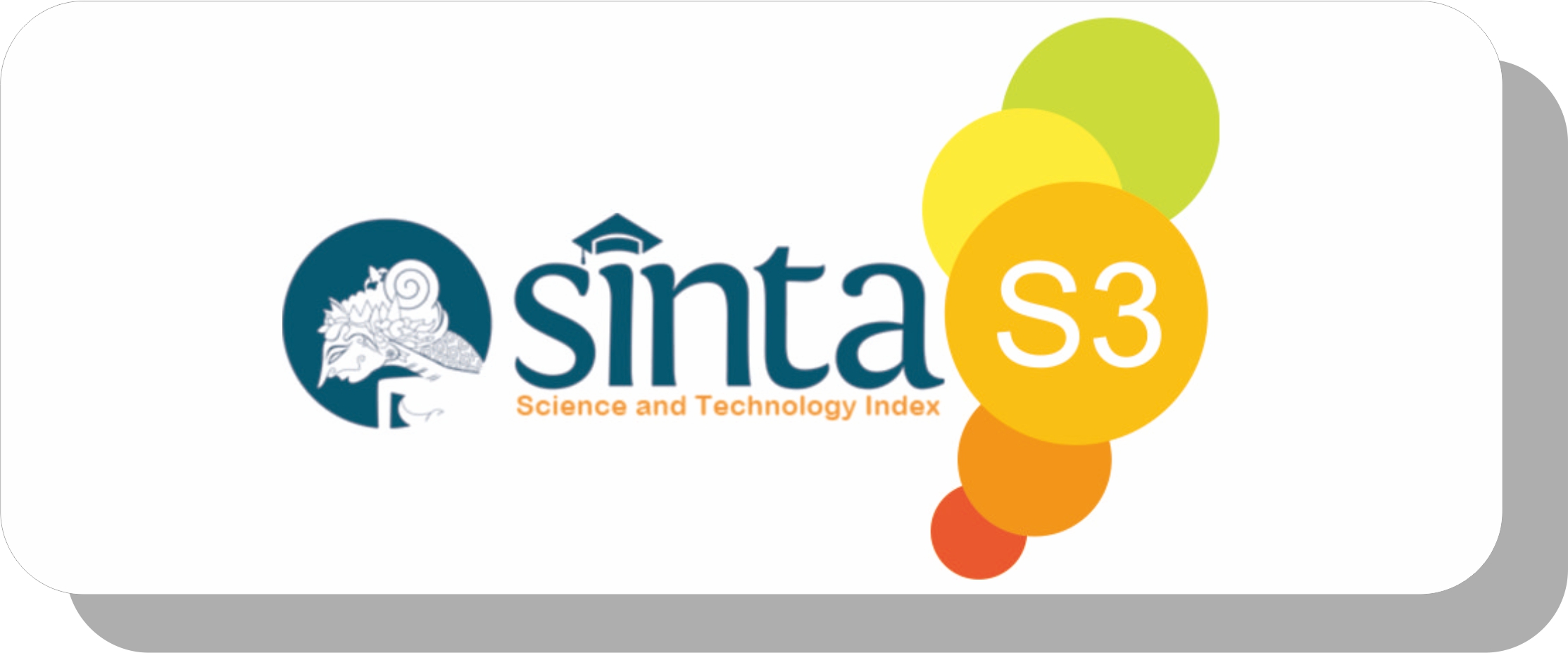Analisis Implementasi Kebijakan Sosial Pencegahan Stunting di Kabupaten Malang
DOI:
https://doi.org/10.22219/jurnalsospol.v8i2.22558Keywords:
Implementasi Kebijakan; Stunting.Abstract
This study aims to assess the level of achievement of the success of the policy program by examining the implementation of the Stunting Prevention Policy in Malang Regency based on Regent Regulation Number 33 of 2018. According to the statistics of the Malang Regency Health Office in 2018 which recorded that there were at least 30,323 stunted children, which were divided into two groups, namely very short and short based on classification with height measurement criteria. This study used a qualitative technique with a descriptive type, and the participants were selected purposively with program recipient informants from the Malang Regency area. The results showed that the Department of Population Control and Family Planning (DP2KB) of Malang Regency consisted of four areas, namely: (1) Field of Counseling and Mobilization of Regional Family Planning (PPKBD); (2) Population Control Sector; (3) Family Resilience and Welfare Sector; and (4) Family Planning Service Sector. Each of these four fields has a number of priority activity programs in preventing stunting in Malang Regency.
Downloads
References
Administrator. (2019). Kementerian Kesehatan Fokus pada Pencegahan Stunting. Indonesia.Go.Id. https://indonesia.go.id/narasi/indonesia-dalam-angka/sosial/kementerian-kesehatan-fokus-pada-pencegahan-stunting
Choliq, I., Nasrullah, D., & Mundakir, M. (2020). Pencegahan stunting di Medokan Semampir Surabaya melalui modifikasi makanan pada anak. Humanism: Jurnal Pengabdian Masyarakat, 1(1). http://journal.um-surabaya.ac.id/index.php/HMN/article/view/4544
Imani, N. (2020). Stunting pada anak: kenali dan cegah sejak dini. Hijaz Pustaka Mandiri. https://books.google.co.id/books/about/Stunting_Pada_Anak.html?id=NmRVEAAAQBAJ&redir_esc=y
LPPA PDA Karanganyar. (2020). Fakta Stunting di Indonesia. Pimpinan Daerah ’Aisyiyah (PDA) Karanganyar. http://karanganyar.aisyiyah.or.id/en/berita/fakta-stunting-di-indonesia.html
P2PTM Kemenkes RI. (2018). 1 dari 3 Balita Indonesia Derita StuntingNo Title. DIREKTORAT PENCEGAHAN DAN PENGENDALIAN PENYAKIT TIDAK MENULAR DIREKTORAT JENDERAL PENCEGAHAN DAN PENGENDALIAN PENYAKIT. https://p2ptm.kemkes.go.id/tag/1-dari-3-balita-indonesia-derita-stunting
Rahmad, A. H. A., & Miko, A. (2016). Kajian stunting pada anak balita berdasarkan pola asuh dan pendapatan keluarga di Kota Banda Aceh. Kesmas Indonesia, 8(2), 63-79. http://jos.unsoed.ac.id/index.php/kesmasindo/article/view/151
Rahmadhita, K. (2020). Permasalahan Stunting dan Pencegahannya. Jurnal Ilmiah Kesehatan Sandi Husada, 9(1), 225-229. https://akper-sandikarsa.e-journal.id/jiksh/article/view/253
Saputri, R. A., & Tumangger, J. (2019). Hulu-hilir penanggulangan stunting di Indonesia. Journal of Political Issues, 1(1), 1-9. http://www.jpi.ubb.ac.id/index.php/JPI/article/view/2
Sumarjati Arjoso. (2021). Cegah Stunting untuk Indonesia Emas. Media Indonesia. https://mediaindonesia.com/opini/378697/cegah-stunting-untuk-indonesia-emas
Sutarto, S. T. T., Mayasari, D., & Indriyani, R. (2018). Stunting, Faktor Resiko dan Pencegahannya. Agromedicine Unila, 5(1), 540-545. http://repository.lppm.unila.ac.id/9767/
Tim RSUD Blora. (2022). Mengenal Stunting, Penyebab Hingga Cara Pencegahannya. RSUD Dr. R Soetijono Blora. https://rsudblora.blorakab.go.id/2022/12/15/mengenal-stunting-penyebab-hingga-cara-pencegahannya/
Trihono, T., Atmarita, A., Tjandrarini, D. H., Irawati, A., Nurlinawati, I., Utami, N. H., & Tejayanti, T. (2015). Pendek (stunting) di Indonesia, masalah dan solusinya. Lembaga Penerbit Badan Litbangkes. http://repository.bkpk.kemkes.go.id/id/eprint/3512
Zainal Arif. (2020). 5 Daerah Jatim Ini Berisiko Stunting Tinggi, Wagub Emil Sorot Kedisiplinan Masyarakat: PR Bersama. Tribunjatim.Com. https://jatim.tribunnews.com/2020/08/02/5-daerah-jatim-ini-berisiko-stunting-tinggi-wagub-emil-sorot-kedisiplinan-masyarakat-pr-bersama
Downloads
Published
How to Cite
Issue
Section
License
Copyright (c) 2022 Hutri Agustino, Eko Rizqi Purwo Widodo

This work is licensed under a Creative Commons Attribution-ShareAlike 4.0 International License.
Authors who publish with this journal agree to the following terms:
- Authors retain copyright and grant the journal right of first publication with the work simultaneously licensed under a Creative Commons Attribution-ShareAlike 4.0 International License that allows others to share the work with an acknowledgement of the work's authorship and initial publication in this journal.
- Authors are able to enter into separate, additional contractual arrangements for the non-exclusive distribution of the journal's published version of the work (e.g., post it to an institutional repository or publish it in a book), with an acknowledgement of its initial publication in this journal.
- Authors are permitted and encouraged to post their work online (e.g., in institutional repositories or on their website) prior to and during the submission process, as it can lead to productive exchanges, as well as earlier and greater citation of published work (See The Effect of Open Access).

This work is licensed under a Creative Commons Attribution-ShareAlike 4.0 International License.


















